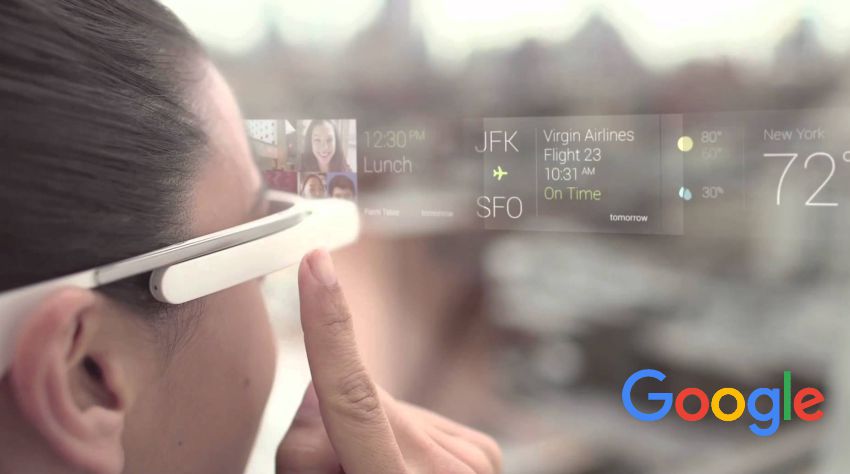A group of scientist and researchers have created a way to monitor remotely experiments on tiny models of human organs, but they require near-constant monitoring, using Google Glass, to make it easier.
The researchers developed a specialized software and hardware for running risky experiments, involving radioactive or highly infectious bacteria. With the help of software and hardware, that is allowing them to go about their days while the high-tech glasses kept watch on their experiments. Google Glass is very helpful for Team, with this, the team was able to control livers and hearts on a chip remotely, dosing out pharmaceutical compounds by using valves.
The team also found a way to monitor constantly organs-on-chips experiments without being physically present there. An organ-on-a-chip is a multi-channel 3-D microfluidic cell culture chip that simulates the activities, mechanics and physiological response of entire organs and organ systems.
Such experiments affect the activities, mechanics and physiological responses of entire organs and organ systems and require near-constant monitoring. Through this, researchers can also run experiments involving highly infectious bacteria or radioactive materials from a safe distance.
According to the researchers from Harvard University and Massachusetts Institute of Technology (MIT) in the US, “the system may be useful for scientists, researchers, and doctors for running risky experiments, such as those involving highly infectious bacteria or radioactive materials, by allowing them to keep a safe distance. Organs on chips offer a way to experiment on tiny models of human organs, but they require near-constant monitoring.”
“Using this versatile platform, we demonstrated its capability in monitoring physical and physiological parameters such as temperature, pH, and morphology of liver- and heart-on-chips.” the researchers said.
Further researchers added, “Furthermore, we showed the capability to remotely introduce pharmaceutical compounds into a microfluidic human primary liver bioreactor at desired time points while monitoring their effects through the Glass.”


